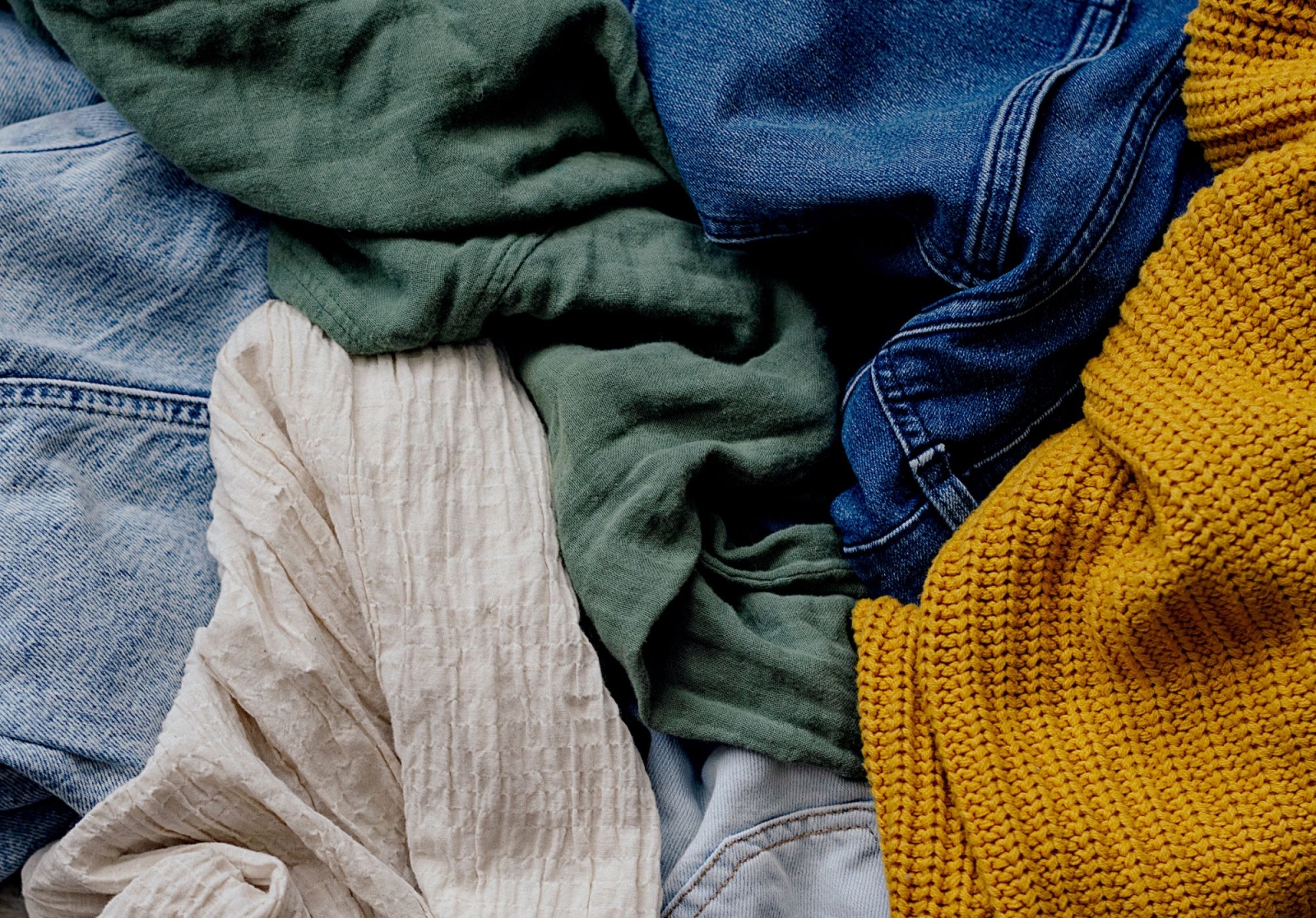Unless adequate incentives and policies are put in place, companies that collect and sort used clothing risk collapse. This is the warning issued by EuRIC, the European association of recyclers, which sums up the current crisis in a sector undergoing a great transformation.
“The prospect of incineration becoming the only remaining option if sorting discarded textiles becomes financially unviable is deeply alarming”, stated Mariska Boer, President of EuRIC's Textiles Branch, in a statement published on April 15. “All industry efforts to create a sustainable textile value chain in a circular economy would be in vain when textiles can no longer be collected and sorted in Europe. When second-hand clothing can no longer be supplied to countries that depend on it, this will have a massive economic impact both locally and within the EU”. Warning signs are mainly coming from the Netherlands, the United Kingdom, and Germany, but also the Italian associations are not doing well.
The words of Mariska Boer were echoed by Andrea Fluttero, President of UNIRAU (the Association of companies and cooperatives that are involved in the collection, sorting, and valorisation of the textile fraction of municipal waste), who among the causes of the crisis mentioned the increase in energy costs and the drop in sales of second-hand materials caused by the intensifying geopolitical situation in several outlet markets, including North Africa, Eastern Europe, and the Middle East.
“The war in Ukraine led to price fluctuations, China’s fast-fashion model is expanding rapidly”, said to Renewable Matter Julia Blees, Secretary General of EuRIC, pointing to the factors of the crisis, “at the same time, Europe depends on China’s raw materials and lastly, turmoil in Asia and reactions over human health and environment conditions are also affecting the textile sector.”
Textile industry at a crossroads
The European textile industry finds itself at a delicate moment of transition. To limit the environmental impacts of one of the most polluting sectors on the planet, the European Union aims to redesign the industry under the banner of circularity. Starting with the Ecodesign Regulation, which seeks to make products more durable, easy to reuse, repair, and recycle, combating fast fashion, and establishing Extended Producer Responsibility (EPR) schemes. In short, a period of change that paves the way for another important development: the European obligation to separately collect textile waste, scheduled for early 2025.
“The legislative process surrounding the establishment of EPR schemes for textiles is still ongoing and not expected to be finalised this year”, adds Julia Blees. “Additionally, after the entry into force, there will be a transitional period of 18-30 months for member states to implement national EPR schemes.”
Besides urging the implementation of EPR so that operators can receive environmental subsidies to finance their garment collection and sorting activities, EuRIC's call also sets its sights on the clothes of the future, calling for ambitious targets for recyclability and recycled fabric. The targets, once included among the ecodesign criteria now under consideration by Brussels officials, will stimulate demand for recycled material and thus the entire recycling industry.
Joseph Valletti, President of ARIU (Used Garments Retrievers Association), agrees, pointing out that the Italian system is self-funded with revenues from the valorisation of collections. He also stressed how complex it is to recycle fibres, both because of the poor quality of fast fashion and the lack of eco-contributions.
The routes of used clothes
According to the latest available data elaborated by the European Environment Agency, the amount of used textiles exported from the EU has tripled in the past two decades, from just over 550,000 tons in 2000 to nearly 1.7 million tons in 2019. We are talking about an average of 3.8 kilograms per person, or 25% of the approximately 15 kilograms of clothes consumed each year in the EU.
However, where do these huge flows of clothing end up? In 2019, 46% of used textiles were exported to Africa, mainly the eastern part, finding a second life mainly in the second-hand market. Asia comes next, importing 41% of the total used goods. Among the 27 member states, Germany, Poland, and the Netherlands are the largest exporters.
This article is also available in Italian / Questo articolo è disponibile anche in italiano
Cover image: Envato



